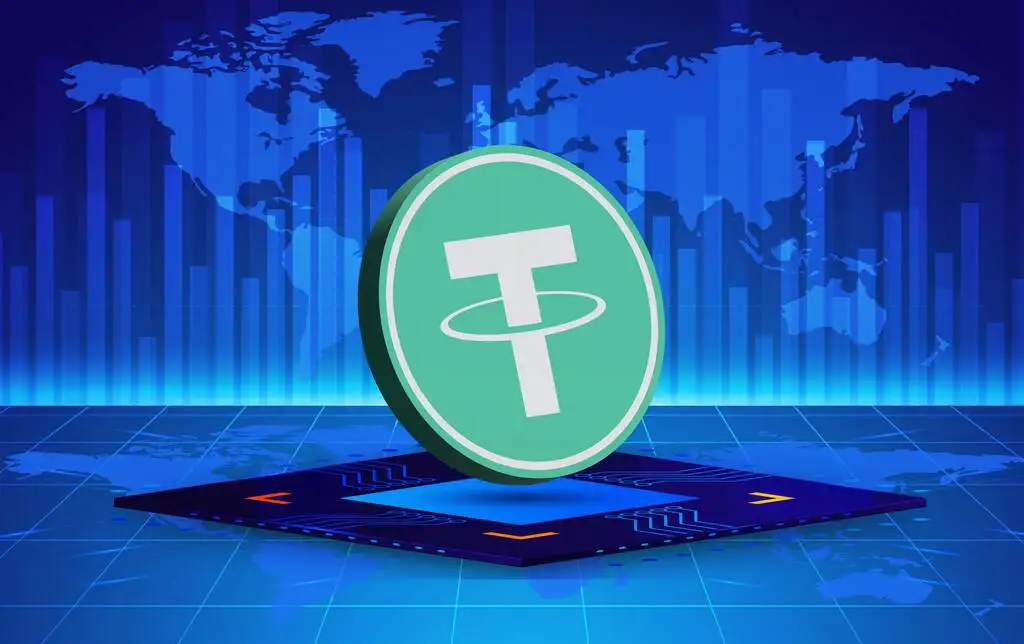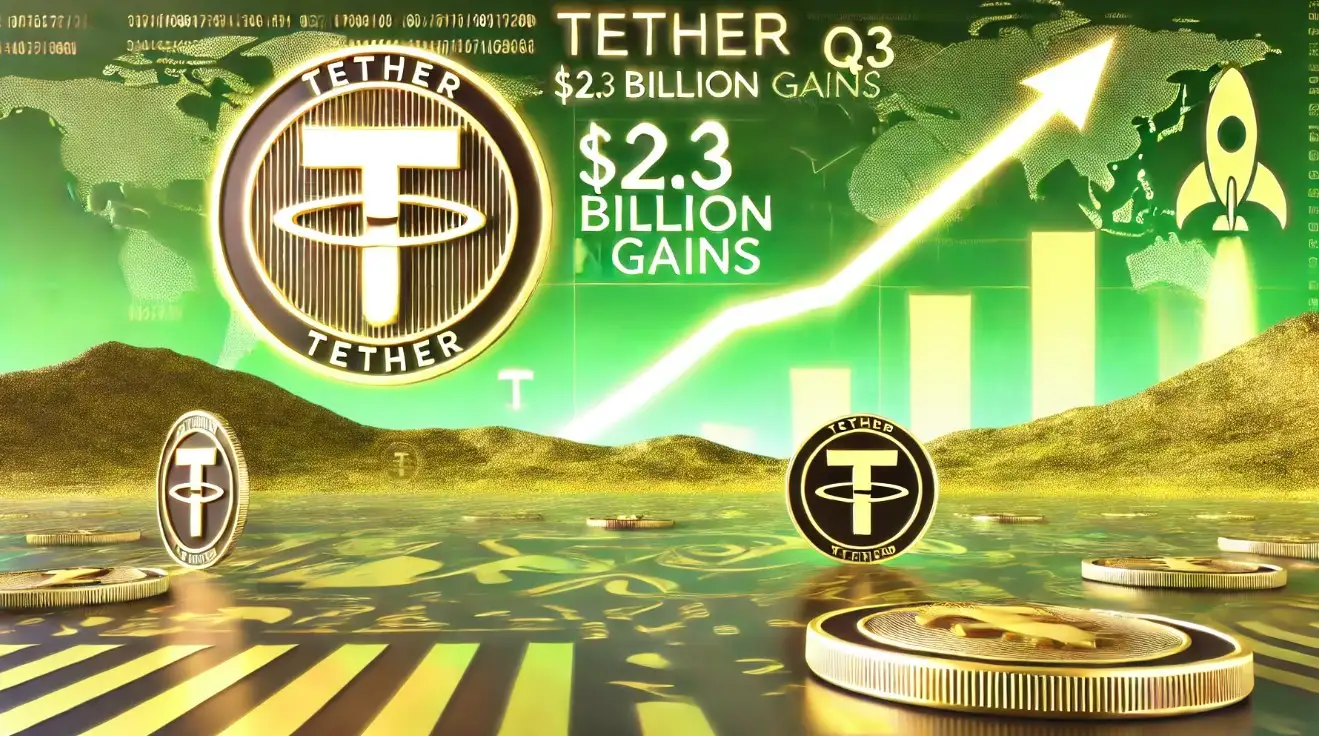
Certainly! Here’s another 1500-word blog post focused on USDT (Tether) with a different angle—geared more toward how to profit from using USDT and its real-world use cases.
Title: How to Profit with USDT: Smart Strategies for Crypto Investors
In the fast-paced world of cryptocurrency, opportunities to grow wealth come and go in the blink of an eye. Prices swing wildly, new tokens emerge daily, and regulatory uncertainty lingers. But in the midst of all this volatility, one digital asset has consistently offered stability and utility: USDT (Tether).
More than just a placeholder for the U.S. dollar, USDT is becoming a powerful tool for both novice and experienced crypto investors. From earning passive income to making international payments, this stablecoin opens the door to a wide array of financial strategies.
In this post, we’ll explore how USDT works, why it’s trusted globally, and—most importantly—how you can make money with it in 2025 and beyond.
What Is USDT and Why It Matters
USDT is a stablecoin—a cryptocurrency whose value is pegged 1:1 to the U.S. dollar. It’s issued by Tether Ltd, which claims to back every USDT token with equivalent reserves in fiat currency or liquid assets.
As of early 2025, USDT is the most widely used stablecoin, with a market capitalization exceeding $95 billion. It operates on multiple blockchains, including Ethereum (ERC-20), Tron (TRC-20), Binance Smart Chain (BEP-20), Solana, and others—making it extremely versatile.
But what really sets USDT apart is its utility:
-
Used as a trading pair on almost every crypto exchange
-
Widely accepted in decentralized finance (DeFi)
-
Trusted in P2P transfers and global remittances
-
Serves as a store of value in regions with unstable currencies
How to Make Profit Using USDT
Let’s explore practical ways investors are using USDT to earn and grow wealth.
1. Lending and Staking USDT
One of the most popular ways to earn with USDT is through lending platforms. These platforms allow you to deposit your USDT and earn interest from borrowers, often with returns ranging from 5% to 15% annually.
Popular platforms include:
-
Binance Earn – Flexible or locked savings with daily interest
-
Nexo & YouHodler – Up to 12% APY with compounding
-
Aave & Compound (DeFi) – Trustless lending protocols with variable rates
Many investors use these platforms to earn passive income without exposing themselves to crypto price swings, since USDT doesn’t fluctuate in value like Bitcoin or Ethereum.
2. Arbitrage Trading with USDT
Arbitrage involves exploiting price differences of USDT pairs between exchanges. For example, if Bitcoin is trading for $65,000 on Binance but $65,200 on Coinbase, a savvy trader can buy low and sell high, pocketing the difference.
Because USDT is so liquid and widely available, it’s the go-to currency for these trades.
Common arbitrage methods:
-
Spot arbitrage: Manual buying/selling across platforms
-
Triangular arbitrage: Using USDT across different trading pairs on the same exchange
-
Automated bots: Tools like Pionex or Cryptohopper execute trades on your behalf
Though it requires speed and some technical know-how, arbitrage with USDT can be low-risk and consistent when done right.
3. USDT in Yield Farming and Liquidity Pools
In DeFi, yield farming is the practice of earning interest by providing liquidity to decentralized exchanges like Uniswap, PancakeSwap, or Curve Finance.
You can pair USDT with another token (like ETH or BNB) in a liquidity pool. As others trade using that pool, you earn a share of the trading fees—often earning 20–40% APY or even more, depending on the protocol.
Risks include:
-
Impermanent loss: If one token changes drastically in value
-
Smart contract vulnerabilities
-
Rug pulls (in unaudited or scammy projects)
That said, many reputable protocols offer safe farming strategies that generate solid returns for USDT holders.
4. P2P Trading and Remittances
Many people in countries with strict banking regulations or unstable currencies use USDT as a borderless digital dollar. In places like Nigeria, Argentina, and Venezuela, crypto-savvy users buy USDT at local rates and use it for:
-
Sending remittances
-
Avoiding inflation
-
Receiving freelance payments
As a result, peer-to-peer (P2P) marketplaces have exploded. Platforms like Binance P2P or Paxful let users trade USDT directly with local fiat currencies.
How to profit:
-
Buy USDT at a lower rate and sell it at a higher one (P2P margin)
-
Become a P2P vendor and profit from spreads
Many users generate daily profits by facilitating these transactions, especially in emerging economies.
5. Holding USDT During Market Volatility
While “holding” doesn’t sound like an active profit strategy, smart investors use USDT as a safe haven during bear markets.
Let’s say you invest $1,000 in a coin that pumps 100%—you now have $2,000. Rather than risk giving it back in a crash, you convert it to USDT and lock in the gains.
This technique is especially useful in the current market cycle where timing tops and bottoms can be tough. By exiting volatile coins into USDT, you:
-
Preserve capital
-
Wait for better re-entry opportunities
-
Stay liquid without leaving crypto entirely
USDT Use Cases Beyond Investment
USDT isn't just for making money—it also powers real-world use cases:
🔸 E-commerce Payments
More online stores and services now accept USDT, especially in crypto-friendly countries. Some businesses even pay their remote staff in USDT to avoid banking delays.
🔸 Gaming and NFTs
Play-to-earn games and NFT marketplaces often allow USDT transactions due to its stable pricing. This helps users avoid dealing with gas price fluctuations in native tokens.
🔸 Decentralized ID & DAOs
As Web3 matures, many DAOs (Decentralized Autonomous Organizations) use USDT to pay contributors or fund proposals—thanks to its reliability.
How to Buy and Store USDT
You can buy USDT using:
-
Exchanges: Binance, Kraken, OKX, Coinbase
-
P2P marketplaces: Binance P2P, Bybit P2P
-
Crypto ATMs in certain cities
Where to store it:
-
Hot wallets: MetaMask, Trust Wallet
-
Cold wallets: Ledger, Trezor (for long-term security)
-
Exchange wallets: For frequent trading (less secure)
Tip: Always double-check the network (TRC-20, ERC-20, etc.) when transferring USDT to avoid lost funds.
USDT Security and Risks
While USDT is incredibly useful, it’s not risk-free. Here's what to watch out for:
✅ Benefits
-
Pegged to USD = low volatility
-
Fast, cheap global transfers
-
Huge liquidity and accessibility
-
Available on many chains
⚠️ Risks
-
Centralized issuer (Tether Ltd)
-
Lack of fully transparent audits
-
Possible regulatory scrutiny
-
Fake USDT tokens on obscure blockchains
Use only verified wallets and platforms. Avoid “high-yield” scams promising guaranteed profits with USDT deposits unless they’re established and regulated.
Future of USDT and Stablecoins
With the rise of Central Bank Digital Currencies (CBDCs) and stricter regulation in countries like the U.S. and Europe, stablecoins are under the microscope. However, this isn’t necessarily bad news.
Tether has been increasing its transparency, reducing commercial paper reserves, and publishing monthly breakdowns of assets. These steps could strengthen long-term confidence in USDT.
As the crypto ecosystem matures, USDT’s role will remain vital, especially in:
-
Decentralized finance
-
Cross-border transactions
-
Real-time global commerce
Final Thoughts
USDT isn’t the flashiest crypto token—but it may be one of the most valuable. It serves as the backbone of crypto markets, a refuge during volatility, and a versatile tool for earning, saving, and spending digital assets.
If you’re serious about crypto, understanding and using USDT wisely can be the difference between risky speculation and smart investing.
Whether you’re looking to grow your portfolio, hedge your positions, or participate in the next wave of DeFi innovation, USDT should be a core part of your strategy.



